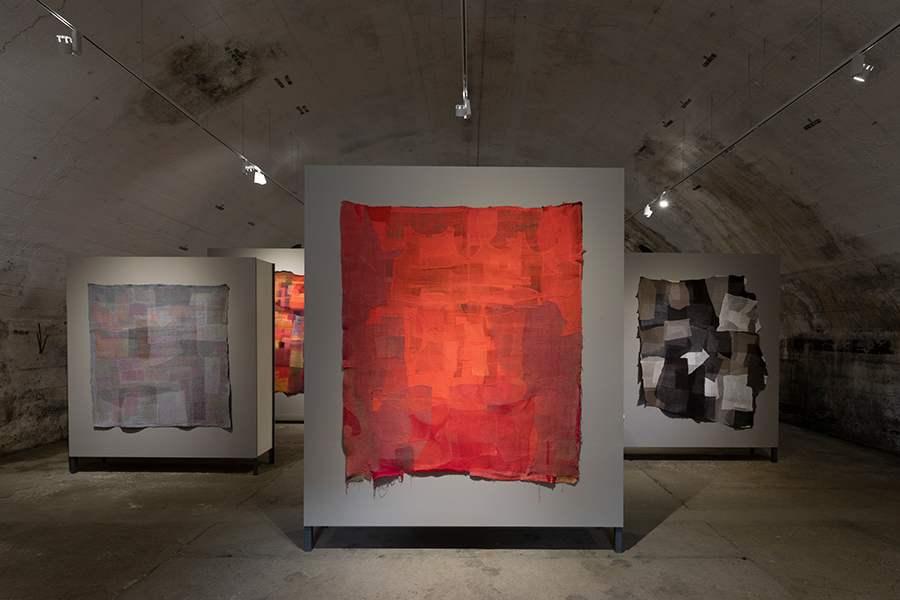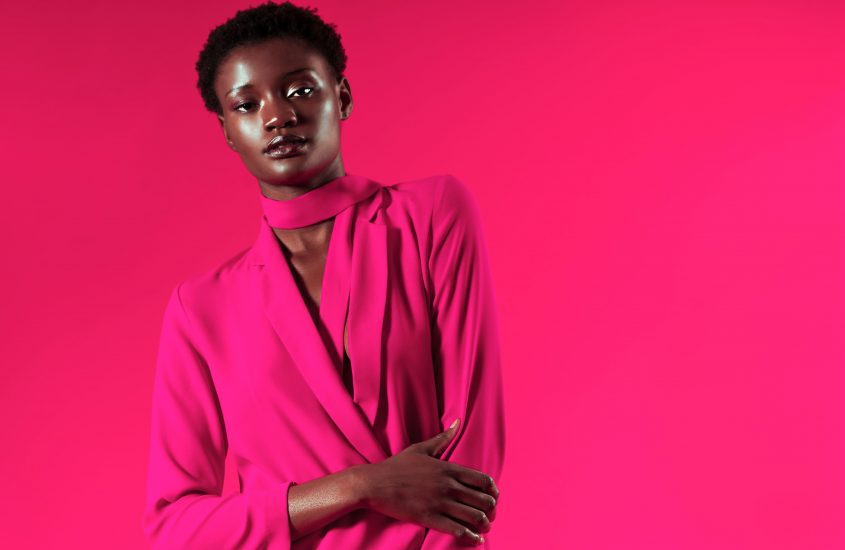Creativity is the driver and a indicator of sucess for brands and designers in the fashion world. Fortunately, in recent years, there are growing examples of how this same skill is being used to rethink forms of consumption and to adapt this market to the reality of a finite world, in which conscious consumption and the circular economy gains space.
Pascale Mussard – Petit H
“In the future, the biggest problem may be not only the rarity of the objects, but also the inability to throw away any and all materials”
Pascale Mussard, the 4th generation heiress of Hermès familiy, said this at a conference. Impacted by this truth, she created Petit H, a brand that resignifies shavings and leftovers from Hermès brand products by creating different design objects and fashion accessories. In addition to becoming an experimental laboratory for Hermès itself, Petit H consolidates the legacy of a century-old brand, but has not hesitated to reinvent itself and look to the future with other possibilities.
In Europe, at Milan Design Week 2018, an installation in the Stazione Centrale region draw attention to circular economy in the fashion industry. A portal with a pile of clothes was the invitation to the “Waste No More” exhibition where new fabrics produced from Eileen Fisher’s repurchased clothes from its customers were exhibited. Through a sustainable technique, the brand transformed what would be discarded into new fabrics. Jackets, bags and decorations are produced with what would go to waste and the result is unique and beautiful.

New Materials
This reinvention process can extrapolate the reuse of traditional fashion products. In Brazil, tire chambers and umbrella nylon fabrics were the raw materials for Revoada to create accessories such as handbags, wallets, notebooks, backpacks. The company has innovated in the business model and sells products before they are produced, avoiding waste and promoting their economic sustainability. Special batchs for sale are available periodically and new “vuelistas”, as they call their customers, increasingly support this idea.
The automotive industry seems to be inspiring designers and entrepreneurs. In 2016, Cooperárvore was created to benefit seat belt trim and automotive fabric from the Fiat factory in MG. The deal emerged within a social incubator of the Tree of Life program, promoted by the company, and today has already reused more than 36 tons of material, besides generating income for women from Jardim Teresópolis, region around the factory, in the city of Betim. / MG.
Income and Social Inclusion
The reuse of materials is an important aspect of sustainability, but other brands have been differentiated by the production model that promotes professional, social and economic insertion.
andmade production of Doiselles knitting is done by men. This is surprising because it breaks the tradition of a more dedicated craft for women, but the big difference is that they are all inmates of the prison system. In addition to generating income, the work permits penalty reduction and promotes professional reintegration.
The newly created and award-winning Libertees works with the other prison population: women. They are involved from the creative process to the production of parts. Creativity and income that promote social inclusion.
Good examples of how creativity in the fashion industry has contributed to a more sustainable world
* English is not my native language. If you find opportunities of improvement in the text, please, let me know. I’ll love to learn with experts. Thanks!!!
Destaque: Foto Nicole De Khors
